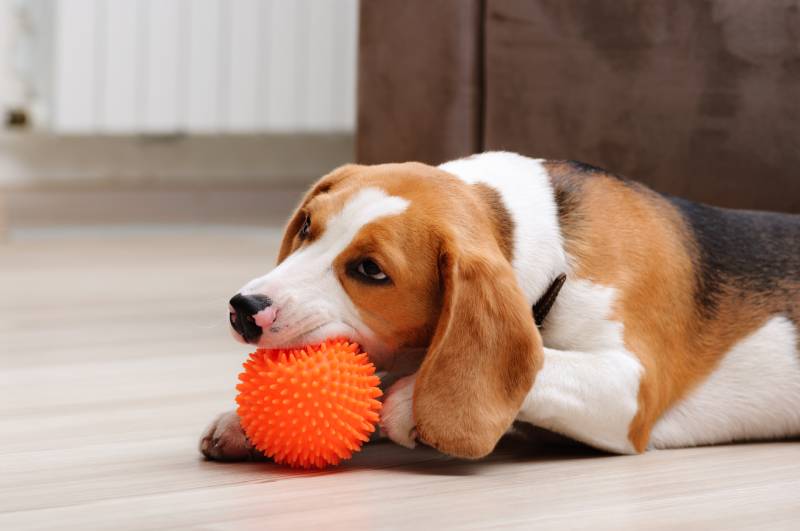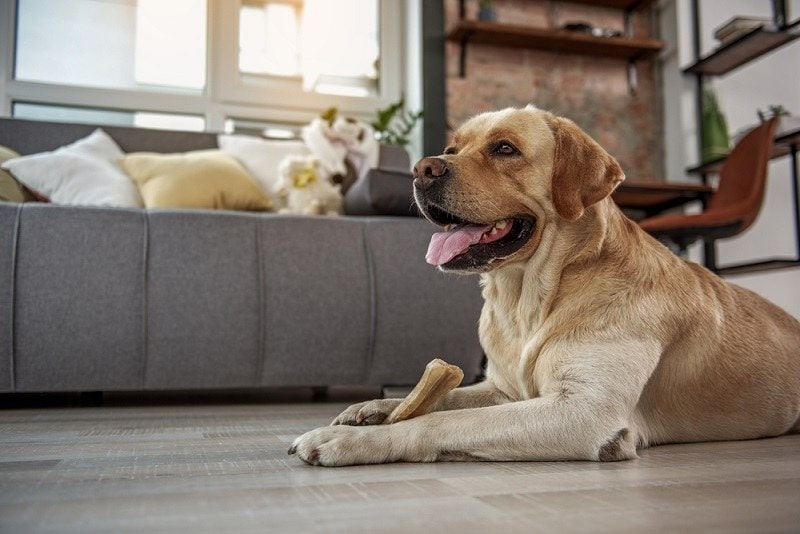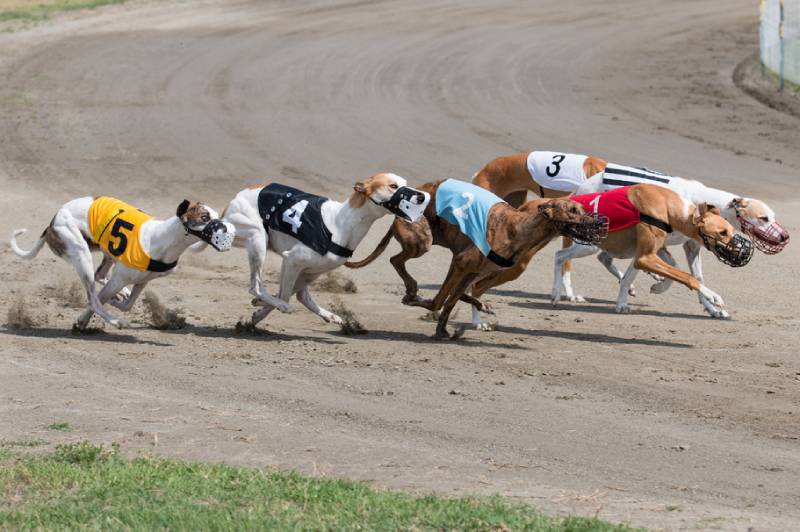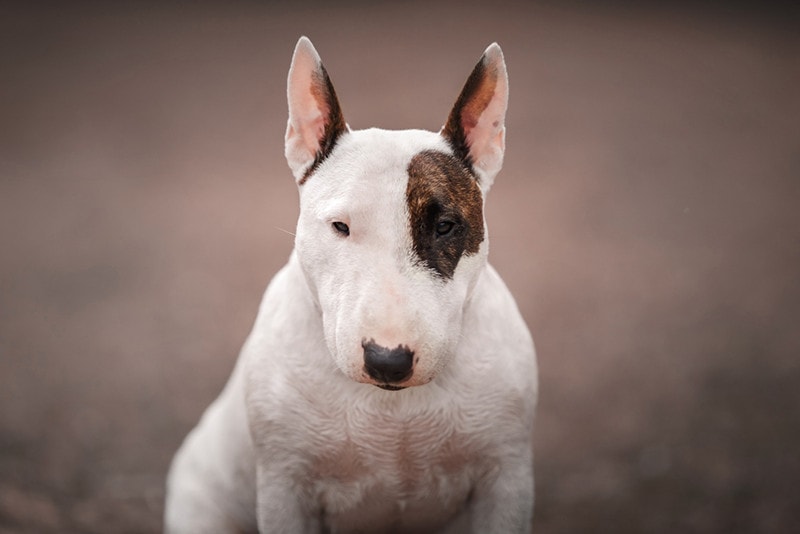Why Do Dogs Like Squeaky Toys? Vet-Reviewed Canine Facts & FAQ
Updated on

Click to Skip Ahead
When you head to the pet store to pick out a toy for your dog, you might notice some that are the most prevalent or most popular, such as balls, chew toys, rope, rawhides, soft plushies, and more. Dogs generally love any toy that lets them run after something to play fetch or something they can chew on.
You might notice another favorite with dogs is squeaky toys. The love for a squeaky toy is tied to their instinct to hunt prey, which also has small squeaks when being hunted by them. However, it’s sometimes because it is a familiar sound, like a newborn puppy squeaking for food from their mothers. Either way, squeaky toys are basically bringing out an innate instinct in your dog. Continue reading to learn more about why dogs love their squeaky toys.
Why Are Dogs Protective of Their Squeaky Toys?
Dogs become protective of their toys because, over time, it becomes somewhat of their personal property. You can see this with their favorite place to sleep, their favorite blanket, and, of course, their food. If you think of a dog in the wild hunting for prey, they spend a lot of time and focus on catching that prey; taking it away from them is almost impossible.
In packs in the wild, other dogs trying to take their captured prey away is likely to result in aggressive behaviors. This is very similar to the way they act around their toys. It can also be a protective nature in them in terms of keeping something in their view or always accessible. If you notice your dog is aggressive around a certain toy and responding with growling or any other worrying behaviors, you may want to switch the toy out or use positive reinforcement to encourage them to feel good about letting you have it.

Are Squeaky Toys Safe?
As mentioned, dogs are big fans of squeaky toys because the sound frequency triggers an instinctive attraction. It stimulates their hunting instinct and gives them the satisfaction of catching that prey. It is important to emulate natural dog behaviors in your home and it is also important to make sure that your dog is playing with these toys safely.
Sometimes, the squeak mechanism in these toys can be very small, and can present a choking hazard, or even cause an obstruction if swallowed. It is important to always keep an eye on your dog when they are playing with squeaky toys, as some dogs become fixated with digging the squeaker out! Most dog toys are well made enough to help avoid this from happening, but you never know how destructive your dog can behave with them. You can also find squeaky toys that don’t have that plastic, small piece inside but rather or made of a material that naturally squeaks when chewed on. It is always important to monitor your dog when they are playing with any toy, just in case of any problems.
When Are Squeaky Toys A Problem?
There are some dogs that can become hyper-focused or overstimulated by squeaky toys, leading to some problematic behaviors. Dogs with this issue are more likely to become possessive over these toys, and it can become difficult to get them to focus on anything else. In extreme cases, it can even trigger aggressive behaviors.
This may be due to a heightened prey drive, or it could be that the frequency of the squeaking sound is unpleasant for those dogs, and they are actually trying to destroy the source of the sound. If your dog seems to be excessively infatuated with a squeaky toy, talk to your vet about the behavior. It may be best to limit their toys to the non-squeaky variety.

In Conclusion
Despite their domestication, dogs still have a natural drive to act as their wild counterparts would. This can include their predatory instinct to hunt for prey. This is why introducing play when they are still young is a crucial component of their development. it also allows you to show them that we can take their beloved toys away, and they will still get them back, helping to avoid problematic possessive behavior.
Featured Image Credit: tetiana_u, Shutterstock











